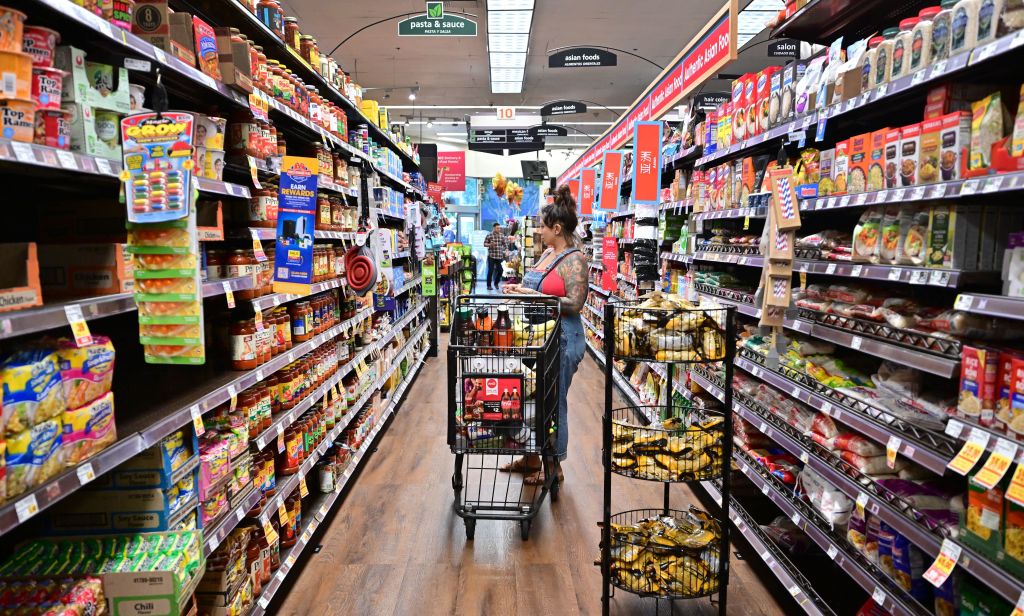Price increases continued to ease in December, marking the sixth consecutive month of a decrease in the pace of price increases.
The latest data released by the Labor Department showed the consumer price index (CPI)– a measure of the cost of goods and services — rose 6.5% in December compared to the previous year, down from 7.1% in November.
Core CPI, which excludes energy and food prices, rose 5.7% in December compared to the previous year.
And on a month-to-month basis, the CPI fell 0.1% in December. In October, CPI rose 0.1% on a month-to-month basis, and it rose 0.4% on a monthly basis in October.
Heather Long, an economic columnist for The Washington Post, noted the month-to-month CPI data marked the first decline since the spring of 2020.
Inflation declined -0.1% in December. It was the first monthly decline since the pandemic spring of 2020.
— Heather Long (@byHeatherLong) January 12, 2023
Overall, December was the 6th month of easing inflation, an encouraging sign for American householdshttps://t.co/kFMcKfJILL pic.twitter.com/vnaU4qdCcr
She also noted the falling price of gas, used cars, and airfare contributed to the easing of inflation in December.
Gas prices fell 9.4% in December and are down 1.5% from last year.
JUST IN: More good news on inflation — US inflation was +6.5% in December (y/y), down from 7.1% in Noveber and 9.1% in June.
— Heather Long (@byHeatherLong) January 12, 2023
In very encouraging news, inflation declined 0.1% in December.
Falling gas prices really drove down inflation along w/ used cars & airfare pic.twitter.com/yzBKVsivvW
While gas prices decreased in December, food prices rose 0.3%.
Additionally, the shelter category — which accounts for about a third of the CPI — rose 0.8% in December and is up 7.5% from last year.
The latest inflation data comes as the Federal Reserve has embarked on a campaign of interest rate hikes to try to tamp down price increases.
As The Wall Street Journal notes, “The Federal Reserve increased interest rates aggressively in 2022 to combat inflation by slowing the economy. Officials indicated in December they expected to raise rates further in 2023. Many economists think climbing rates heighten the risk of a U.S. recession.”
“The new inflation figures follow several signs that U.S. economic activity cooled in late 2022. U.S. imports and exports fell in November from October, while retail sales, manufacturing output and home sales all declined. Job and wage growth slowed in December,” it added.
Fed officials predict the peak interest rate in 2023 will be between 5% and 5.5%
However, JPMorgan Chase & Co. Chief Executive Jamie Dimon believes the interest rate will have to hit 6% to tamp down inflation.
“Inflation won’t quite go down the way people expected,” Dimon said, according to the Wall Street Journal.
He added, “But it will definitely be coming down a bit.”
























